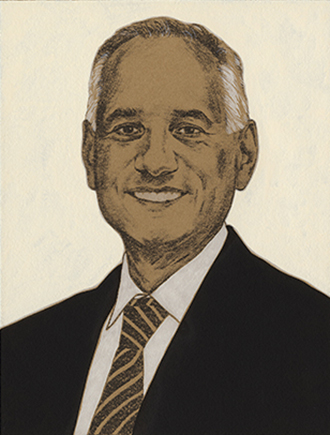Hedge funds have been getting a bad reputation recently but not all criticisms may be deserved, according to AQR Co-founder Cliff Asness.
“One accusation the critics make is ‘just look at 2013’ when hedge funds, mistakenly often assumed to be very aggressive investments, failed miserably to keep up with the S&P 500,” Asness wrote in his most recent article “Hedge Funds: The (Somewhat Tepid) Defense.”
Hedge funds underperforming the roaring stock market in 2013—an overall return of 9.4% versus 32.4% for the S&P 500—is consistent with their low beta and low correlation with equities. Asness said despite critics’ claims, it was only a “mildly disappointing” year for hedge funds.
“Hedge funds are not meant to keep up with the S&P 500 one-for-one, certainly not when it soars,” he said. “Of course some stars will keep up, either by luck or skill, but as a broad category it’s never been the case at such a time.”
 (Source: AQR)
(Source: AQR)
2008 was also not as bad a year for hedge funds as it looked, Asness argued, as the group is only partially hedged to equity market returns.
Furthermore, when looking at hedge funds’ compound return—annualized over the 1994 to 2014 period—the asset class “looked OK”. It only trailed the 60/40 portfolio by 0.5 percentage points, according to AQR’s calculations.
However, Asness’ defense for hedge funds ends there.
Observing hedge fund beta and correlation to the S&P 500 for a rolling 36-month period, Asness concluded hedge funds have been delivering the “same expensive stock market beta but less of the uncorrelated stuff”—things for which investors pay high fees.
“The ‘uncorrelated stuff’ I refer to may in fact be true manager alpha, but is also composed of many known strategies that, even if they survive hedge funds’ very high fees, should be available to investors at more reasonable fees,” he wrote.
Cumulative alpha from 1994 to 2013 also revealed it had essentially flattened since the financial crisis, supporting Asness’ assertion that hedge funds should be offered at a better price.
 (Source: AQR)
(Source: AQR)
Related Content: CalPERS CIO: Why We Ditched Hedge Funds, Investors Growing Skeptical of Hedge Fund Benefits

 Ted Eliopoulos, CalPERS CIO
Ted Eliopoulos, CalPERS CIO